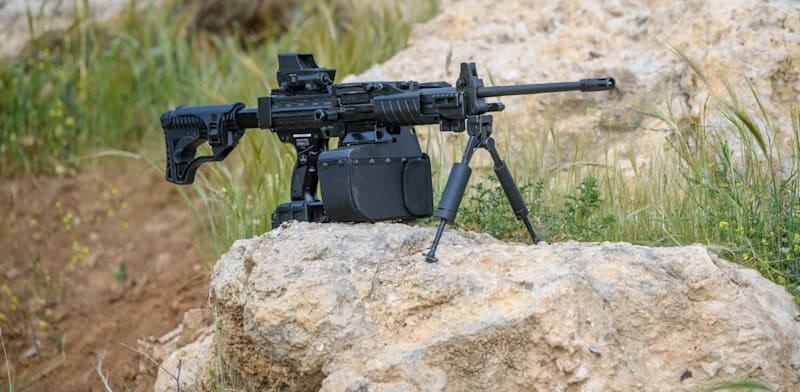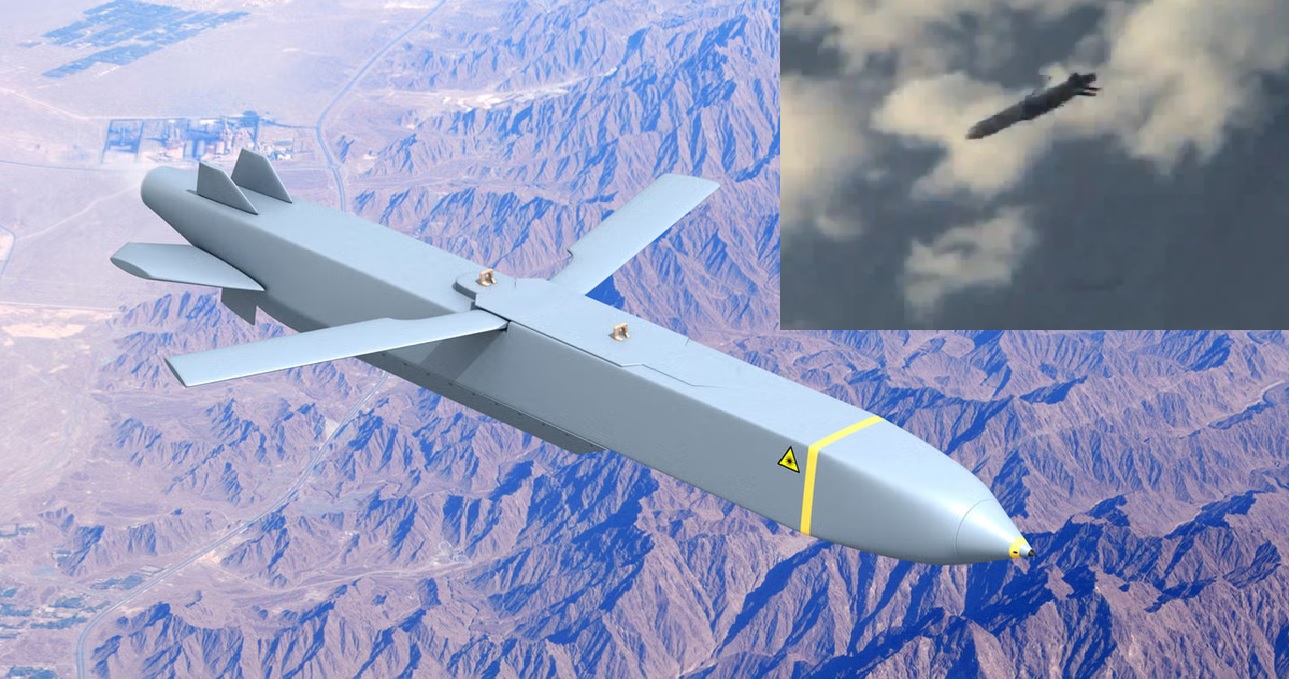Poland Unveils SA-35MM Counter-Drone Air Defense System, Precision and Power in Modern Warfare

At the inaugural International Armament Congress in Kraków, Poland, held in late October 2024, a significant development in air defense technology was introduced by Polish defense company Pit-Radwar: the SA-35MM counter-drone air defense system. This advanced 35mm self-propelled artillery platform aims to bolster Poland's air defense capabilities, especially in the fight against modern aerial threats such as drones, aircraft, and cruise missiles. Its unique combination of programmable ammunition, advanced tracking technology, and high mobility represents a notable step forward in short-range air defense systems.
The Power of Programmable Ammunition
At the heart of the SA-35MM system is its ability to utilize programmable Air Burst Munition (ABM). This feature enables the system to achieve a staggering 97% hit probability with just seven rounds, each containing more than 50 subprojectiles. This efficiency is a major upgrade compared to traditional ammunition types, drastically reducing the number of rounds required to neutralize targets, which is essential for countering fast-moving, small aerial threats like unmanned aerial vehicles (UAVs) or drones.
This advanced munition is paired with the AM-35mm automatic cannon, which boasts a high rate of fire of 550 rounds per minute. The cannon's dual-feed ammunition system allows for immediate switching between two types of ammunition: FAPDS-T (Frangible Armour Piercing Discarding Sabot with Tracer) for armored targets and ABM for air targets, providing unparalleled flexibility during combat situations.
A Technological Leap in Air Defense
Beyond its impressive firepower, the SA-35MM integrates several state-of-the-art systems that ensure its effectiveness in a range of conditions. The ZGS-35 optoelectronic target-tracking system is equipped with an infrared thermal imaging camera, a daylight camera, a laser rangefinder, and a video tracker. These components provide the system with robust tracking capabilities, allowing it to operate in various weather conditions, day or night, and track fast-moving targets with great precision.
Additionally, the TUGA radar, operating on frequency-modulated continuous wave (FMCW) technology in the X-band, offers another layer of capability. This radar is capable of detecting targets, including small drones, at ranges up to 5 kilometers while remaining stealthy to enemy reconnaissance. The radar's detection range extends up to 50 kilometers for larger targets, making the SA-35MM effective across a broad spectrum of threats.
Mobility and Flexibility
The SA-35MM is mounted on a highly mobile third-generation Jelcz 6x6 platform, providing the system with the versatility to operate in various environments. This mobility ensures that the system can be quickly deployed to defend key strategic points or provide protection for moving units in the field.
The system also includes a high degree of automation, with remote control capabilities and fast deployment times. It can operate autonomously or be integrated into a broader networked defense system, such as Poland's air defense command. Its flexibility makes it particularly suited for defending against low-cost, small targets like drones, which are increasingly used in modern conflicts.
Advanced Collaboration and Development
The SA-35MM system was developed through a collaborative effort between Pit-Radwar, the Military University of Technology, and Mesko, a Polish defense company. This partnership was made possible by funding from Poland's National Centre for Research and Development (NCBiR). The project aims to deliver nine prototypes integrated with the OSU-35K naval gun system by 2025, a significant milestone in the nation's effort to modernize its military capabilities.
During the Congress, live demonstrations of the SA-35MM system further highlighted its precision and reliability. In one such test, the system successfully targeted and destroyed a small drone at a distance of 1,000 meters, showcasing its ability to neutralize difficult-to-hit, low-signature aerial threats.
Future Prospects
The SA-35MM system is designed to integrate seamlessly into Poland's broader air defense strategy, alongside other systems like the Poprad missile system. Pit-Radwar has proposed two configurations for the system: one focused solely on artillery and the other integrating missile systems for an even broader defensive capability.
With a growing need for effective defenses against drones and other airborne threats, especially in light of recent global conflicts where drones have played a decisive role, Poland's development of the SA-35MM demonstrates a forward-thinking approach to national defense. The use of programmable ammunition not only increases the system’s effectiveness but also reduces costs by limiting the number of rounds fired.
The introduction of the SA-35MM system could mark the beginning of a new era in air defense technology, one where precision, automation, and mobility define the battlefield. With mass production potentially on the horizon and an operational deployment as early as 2026, this system could play a crucial role in safeguarding key facilities and military units against the increasingly sophisticated aerial threats of the modern era.
Poland's commitment to defense innovation, as seen through the SA-35MM, positions it at the forefront of NATO allies when it comes to counter-drone technology, potentially setting a new standard for very short-range air defense systems globally.


